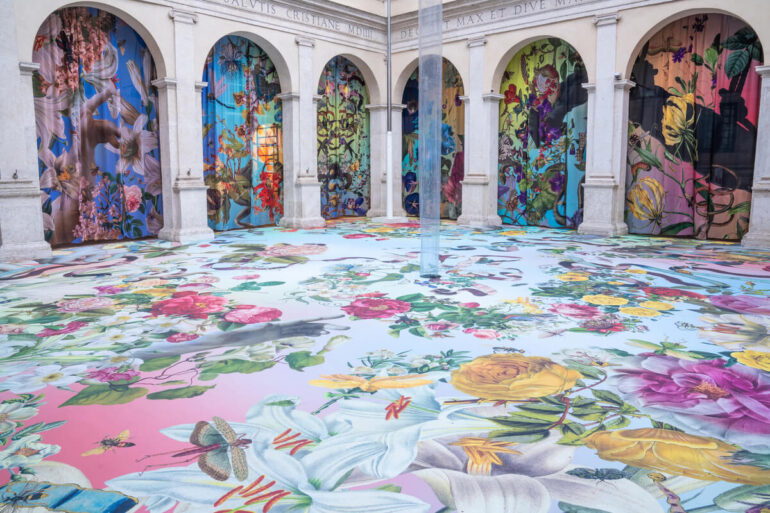Celebrating the evocative power of flowers
Greeted by a giant psychedelic mushroom right before entering the Chiostro, my expectations soared even before stepping inside the museum. As I progressed through the exhibition, room after room, it not only met but exceeded them. The artworks on display are arranged to combine aesthetic appeal – undeniably Instagram-worthy – with thought-provoking reflections on biodiversity and political symbolism.
Opening on February 14, Flowers. Art from the Renaissance to Artificial Intelligence, will run at the Chiostro del Bramante until 14 September 2025. Curated by Franziska Stöhr and Roger Diederen, in collaboration with Suzanne Landau, the exhibition offers a sensorial journey through five centuries of art, culture, and innovation connected to the world of flowers and more broadly with the natural environment.
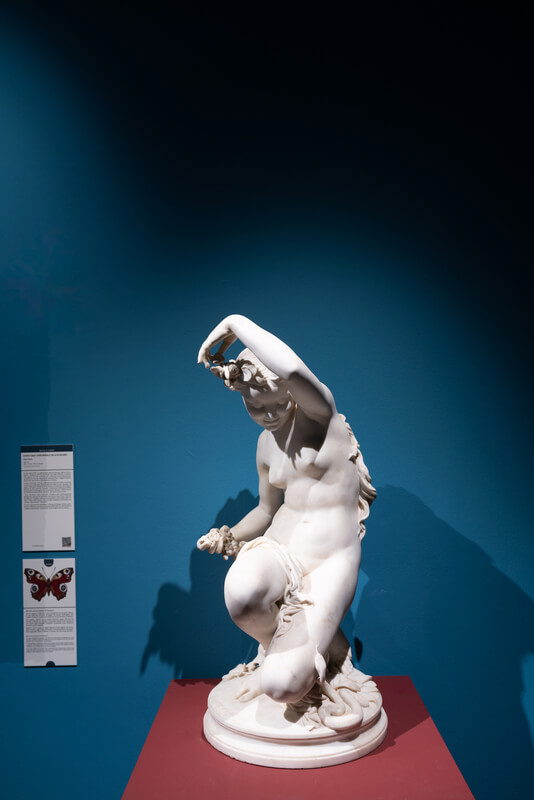
“Flowers are more than just decorative elements,” explains Natalia de Marco, Artistic Director of the Chiostro del Bramante. “They are universal symbols that represent every aspect of life: from endurance to spirituality, from love to conflict, from science to ecology.”
Among the most known artists featured at the polyhedric Chiostro, visitors will find Flemish painter Jan Brueghel the Elder, who depicted flowers as silent protagonists in a vast symbolic universe, suspended between sacred and profane; 17th-century painter Girolamo Pini and his extraordinary attention to botanical detail; Edward Burne-Jones and William Morris with their delicate floral representations, evoking an ethereal beauty typical of the Pre-Raphaelite movement. The Chiostro del Bramante has collaborated with prestigious institutions such as the Louvre, Musée d’Orsay, Petit Palais, Musée des Arts Décoratifs in Paris, and the Royal Botanic Gardens, Kew in London.
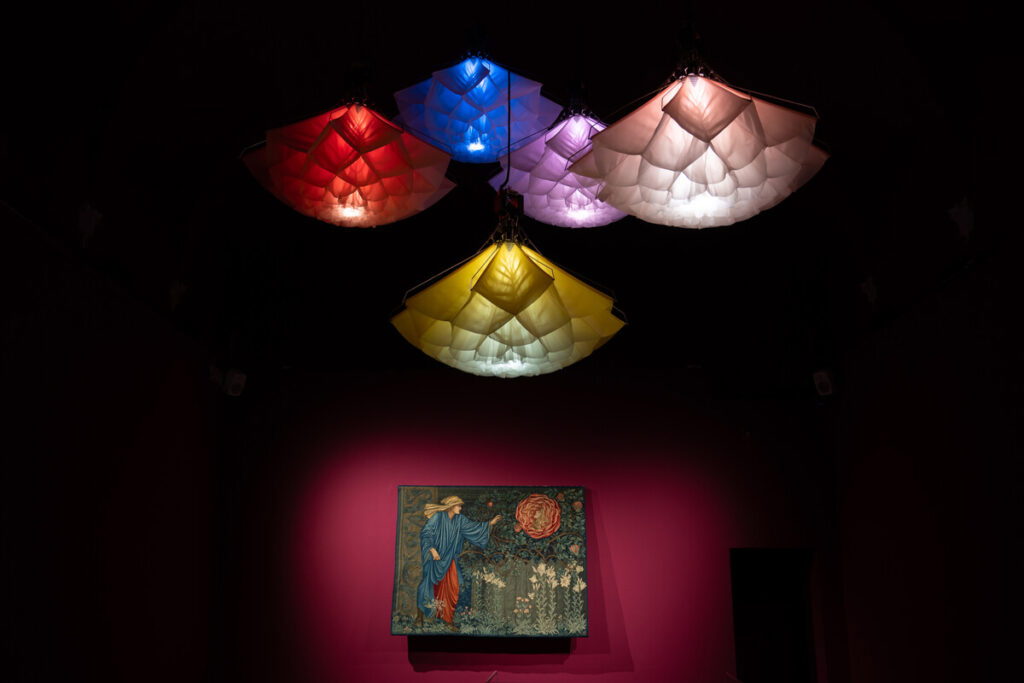
The exhibition is an immersive show displaying paintings, sculptures, manuscripts, tapestries, photographs, site-specific installations, and other pieces using augmented reality and artificial intelligence. The space is literally blooming with colours, perfumes and idyllic sounds.
More than 90 artworks coming from 10 different countries will guide visitors to reflect on what’s behind a flower from its aesthetic aspects to the botanic characteristics and their symbolic use. Consider the red poppies’ role in Italian political history or the rose as a timeless emblem of passion and romance. Beyond symbolism, the exhibition also offers an educational perspective, drawing attention to pressing issues like climate change and biodiversity loss. For instance, while roses are a popular Valentine’s day present, they are not in season in February; those available are either greenhouse-grown or imported from countries such as Kenya where the flower industry is not always sustainable.
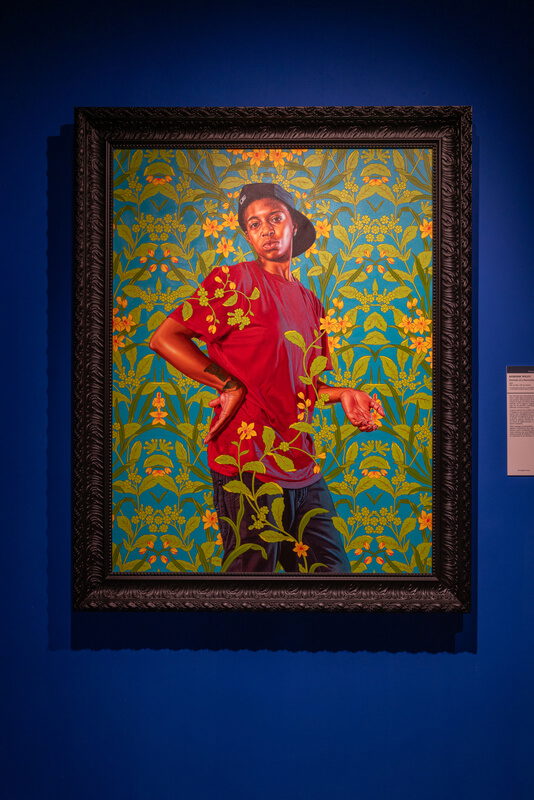
As an tribute to biodiversity, not only flowers, but also mushrooms, butterflies, bees and plants appear in a fairly comprehensive and refined artistic representation of the natural world, and evoke a feeling of peace, rebirth and lightness. It reminds us of life’s transience as well. Some installations seem to open a dialogue with the public and engage them with their surroundings. Walk through a gallery of dried flowers (Rebecca Louise Law, Calyx, 2023), marvel circling around the Blackfield installation by Israeli artist Zadok Ben-David, and finally, lay down on soft poufs while watching a hypnotic aerial installation (Studio Drift, Meadow, 2024) accompanied by soothing music in the background.
This exhibition is more than an artistic display—it’s an experience that immerses visitors in the beauty, fragility, and profound symbolism of the natural world.
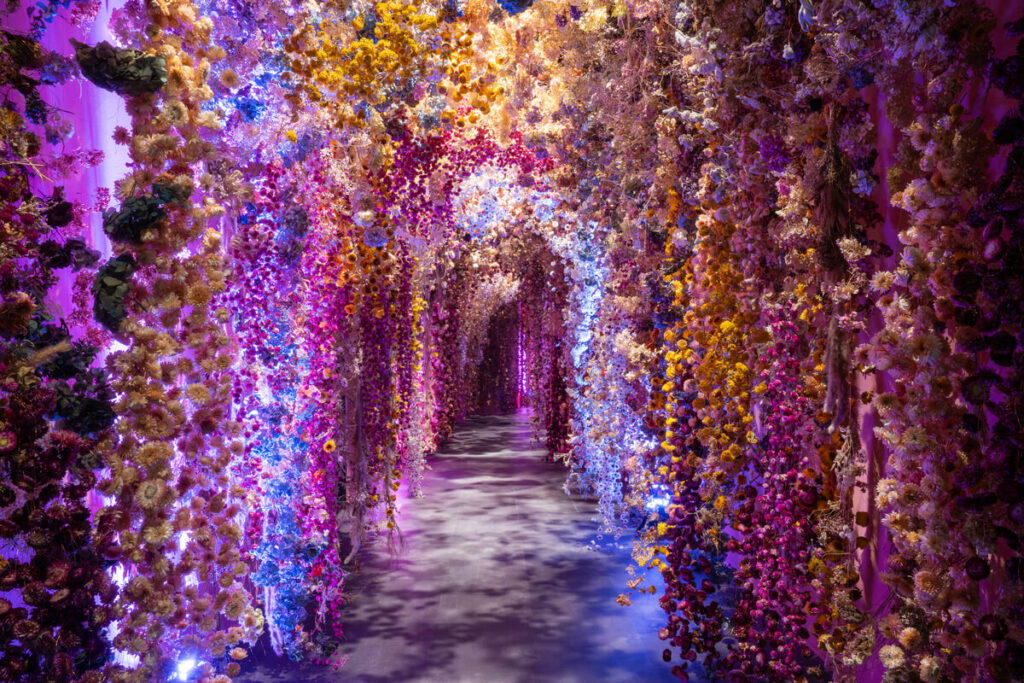
UNTIL 14 SEPTEMBER 2025
Chiostro del Bramante
Via Arco della Pace, 5
Opening hours:
Monday to Friday 10am to 8pm; Saturday, Sunday and public holidays from 10am to 9pm
Tickets: € 19,00


